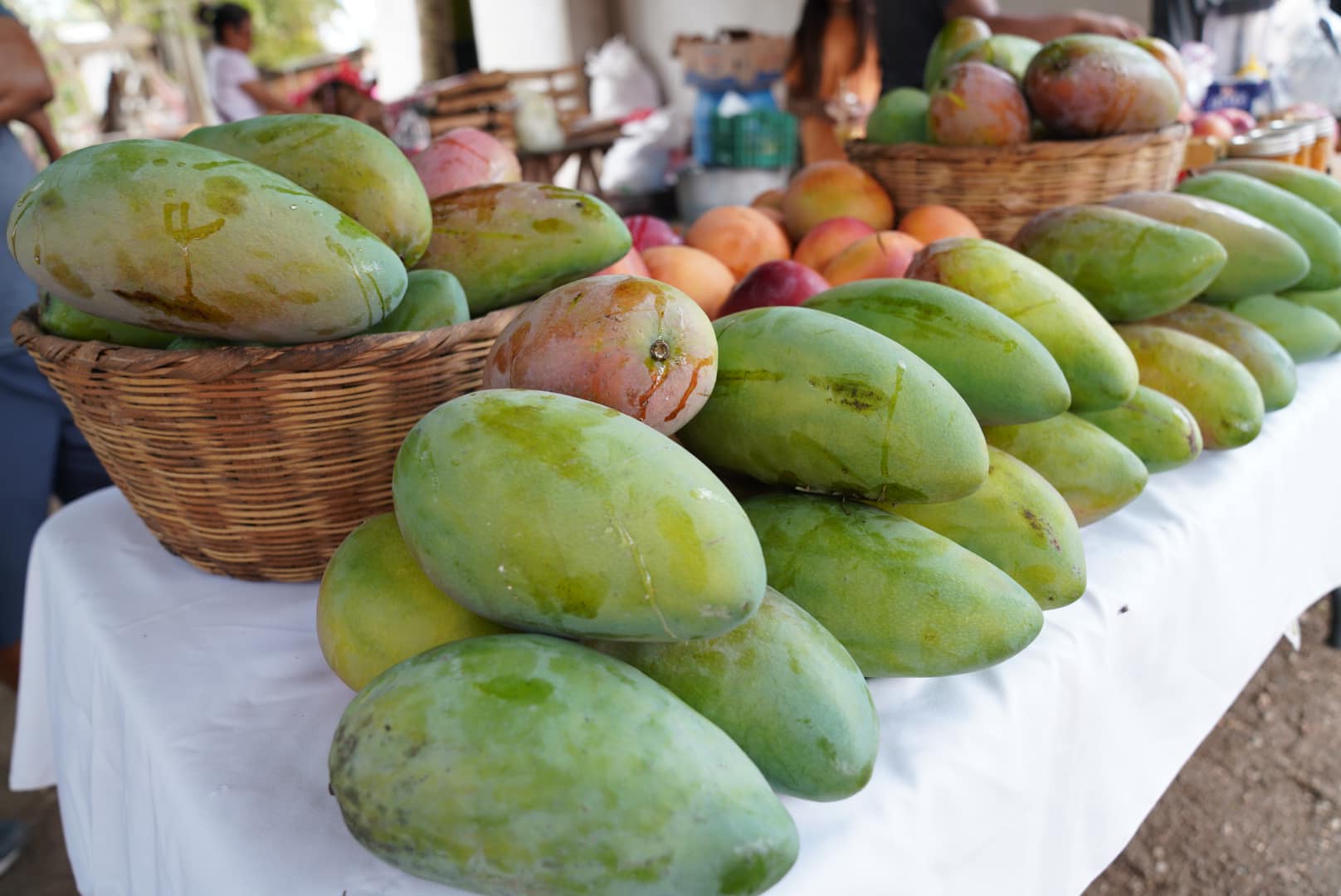…like common mango

W
hat does mango, music, and Maya heritage have in common? If you take them separately, mango is a fruit, music is sound and rhythm, and Maya heritage is considered ancient. However, when mango is placed in the context of a thing that is common to most of our childhoods, when local music is given a new place to develop, and when one ethnic group shows how we respect heritage, they begin to make sense. Local fruits, music, and heritage preserve the Belizean culture. Belizeans love to eat fruit and mango grows in a sweet delicious variety all across the country. Eating mango is an art and an old pastime for many of us. Similarly, Belizeans love to listen to music, and these days many artists are enjoying making their own sounds. Rhythm is in everything that we do – even our Kriol has its own phonetic tempos. We know about the ancient Maya because we have explored and researched the sites, but it is also because we have been taught to think about each other. The Maya are among many other ethnicities in the country. Belizeans “live and let live”. We respect ethnic traditions. The Belizean culture is the common denominator whereas mango, music, and Maya heritage are the numerators. Three events, over this past weekend, demonstrate perfectly what mango, music, and Maya heritage have in common.
Culture includes the characteristic features of everyday existence shared by people in a place or time. The places were Orange Walk Town, Hopkins Village, and San Antonio Village. Over the weekend, Hon. Anthony Mahler handed over the Orange Walk Sound Factory Recording Studio in a ceremony that included distinguished guests from within the government, the BTB, and stakeholders within the music sector. This studio is the second of its kind. Like the Reef Recording Studio in Belize City, the studio in OW will serve local and international artists. The music sector is being prioritized because what would our culture be without music? Further south, on that same day, at the annual Hopkins Mango Street Festival, local music played in the background as Belizeans enjoyed their mango sliced, juiced, pureed into a sauce, mixed into a sweet jam, and, of course, stirred properly into a fine drink. Local and foreign visitors could purchase their mangos from a stall or buy them straight from a bucket, eat them from a container, or go old-school style with the juices dripping from their hands, and most nostalgically, they could enjoy all of it in the company of other unbashful mango lovers. In the west, the festivities during “Another Beautiful Day in San Antonio” celebrated the rich Yucatec Maya heritage of the community. It also promoted the importance of safeguarding the Yucatec Maya language and water and environmental protection. Mangos were also on sale at this event. These are three separate events that celebrate three of the hooks that keep Belizean culture so tightly clad and ever expansive: community, variety, and heritage.
Music, mango, and Maya heritage underpin the elements of the shared and broader Belizean experience. The thing that mango, music, and Maya heritage have in common is that they keep us close. Not specifically, but they represent the things in our Belizean culture that allow us to accept our ethnic diversity as if doing so were as common as common mango. We highlight Familism. This is for our social practice of placing the interests of Belizean culture ahead of the interests of any singular group. We are as diverse as our mangos are plenty- and that is not so common.
See you next week.
The Belize Tourism Board
